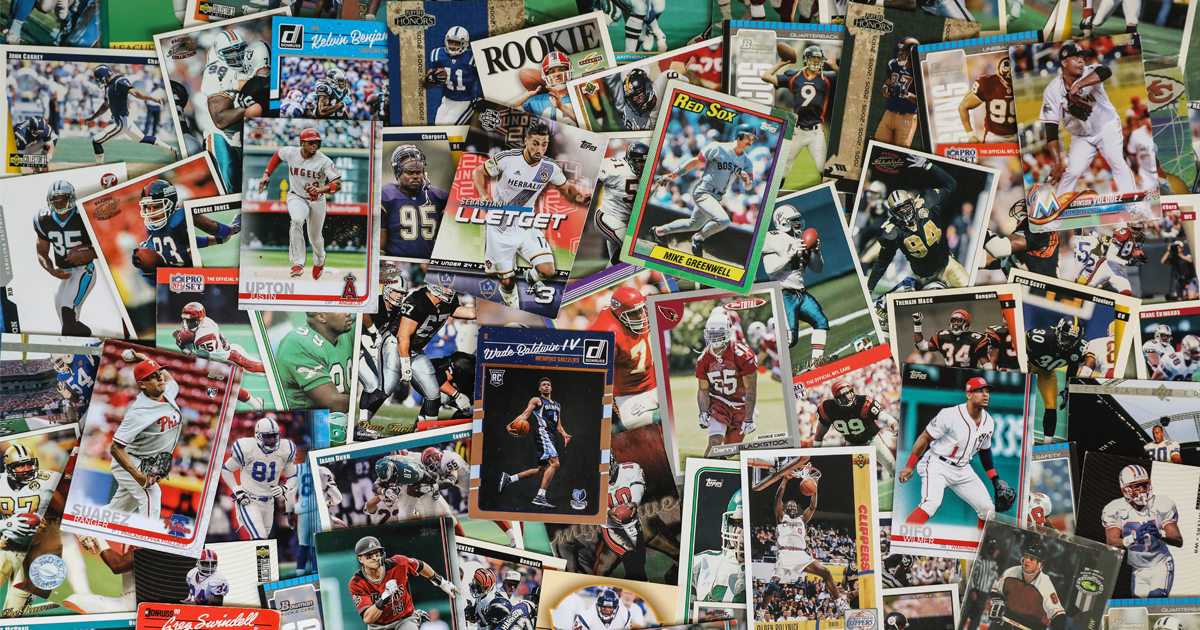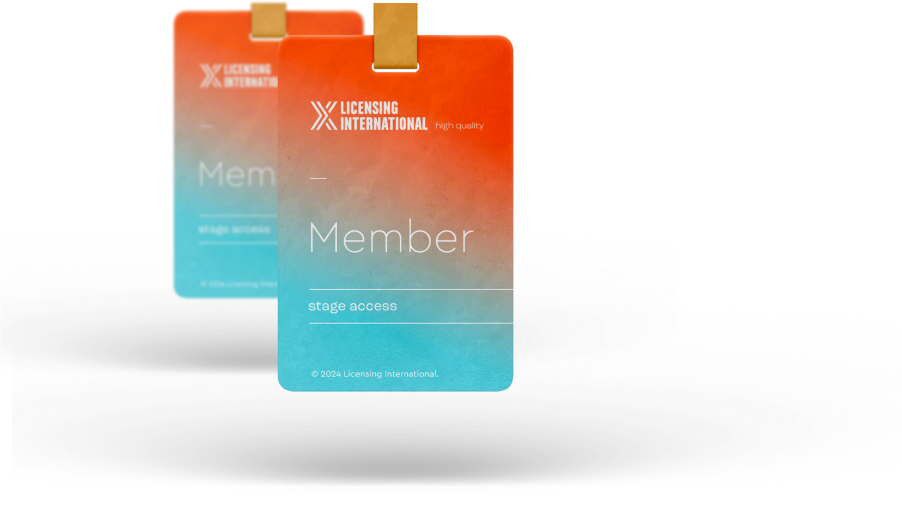Where Will the Trading Card Boom Lead?

For all the buzz about NFTs and other digital collectibles, it’s easy to forget that there’s a robust business in licensed physical, tangible trading cards in the billions of dollars driven by everything from kid collectors to sophisticated speculators.
The recent fight in a Milwaukee Target parking lot among five adults over sports cards that led Target to suspend sales of MLB, NBA, NFL and Pokémon cards at all its stores is only the latest indicator of a chaotic marketplace of such players as “flippers” (those who instantly buy up all the cards on a big box store’s shelves for the sole purpose of reselling for a profit them just as quickly on eBay); the speculators who buy said unopened boxes in hopes of scoring an extremely investment-grade rarity; and the card companies themselves.
Infrastructure
All are supported by a burgeoning infrastructure of card raters, auctioneers and investors playing in a secondary marketplace from which licensors (sports leagues, athletes, artists, brand owners and others) draw no royalty revenue. Let’s remember that one of the big selling points of NFTs for the licensing community is that blockchain technology allows those stakeholders to participate in those downstream transactions.
Though specific numbers are hard to come by, by all accounts the trading card business has been skyrocketing for the past couple of years; the pandemic – which sequestered lots of people in their homes with lots of hours to fill, and in some cases, money they weren’t spending on travel and restaurant meals – put even a bigger charge into that growth. (It’s a dynamic seen in the market for sneakers and other collectibles.) The NPD Group/U.S. Toys/Retail Tracking Service reports that retail sales of “Non-strategic Trading Cards/Collectible Stickers,” which is where it categorizes sports trading cards, grew 85% in 2020 compared to 2019.
For its part, eBay reported in its first-ever “State of Trading Cards” report that trading card sales in its marketplace increased 142% year-over-year in 2020 – four million more units than 2019 — driven by sport and non-sport trading cards and collectible card games (Magic the Gathering, Pokemon and others).
Of course, boom-and-bust dynamics are well known in the sports card business in particular. AS an article excerpted from the book “Mint Condition: How Baseball Cards Became an American Obsession” archly noted, “Before tech stocks and McMansions, there was cardboard.”
To be sure, the licensing community is looking for a way to more completely participate in this bonanza as, hopefully, a rational, efficient structure develops that lets kids and casual collectors operate in a domain separate from the high-level investors and speculators. Why, asked one sports licensing executive, couldn’t sports organizations develop their own closed loop marketplaces as part of their licensing agreements.
It is, of course, a business, but one that will ultimately depend on developing a new generation of fans and players. “When it became all about making money, we lost the soul of the hobby,” collector Christopher Dziadosz wrote on his twitter feed. “I know, that sounds incredibly melodramatic and naive, because money has always been involved. It just feels different this time. I’ve been through the ebbs and flows of the hobby for nearly fifty years now, and the joy of tearing open a fresh pack is a feeling that is hard to top. It saddens me that kids are being priced out of that joy because certain elements are solely in it to make a profit.”




